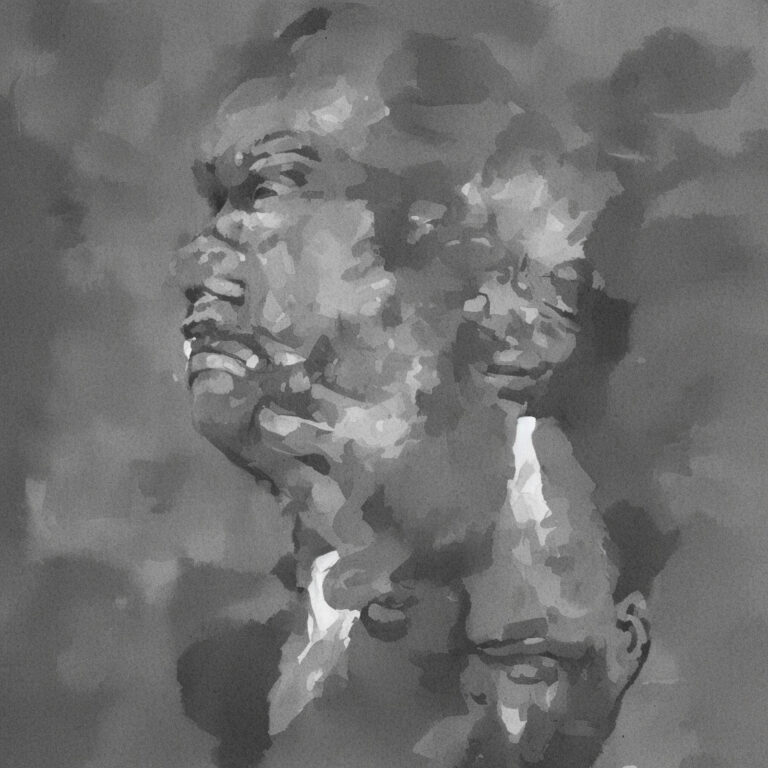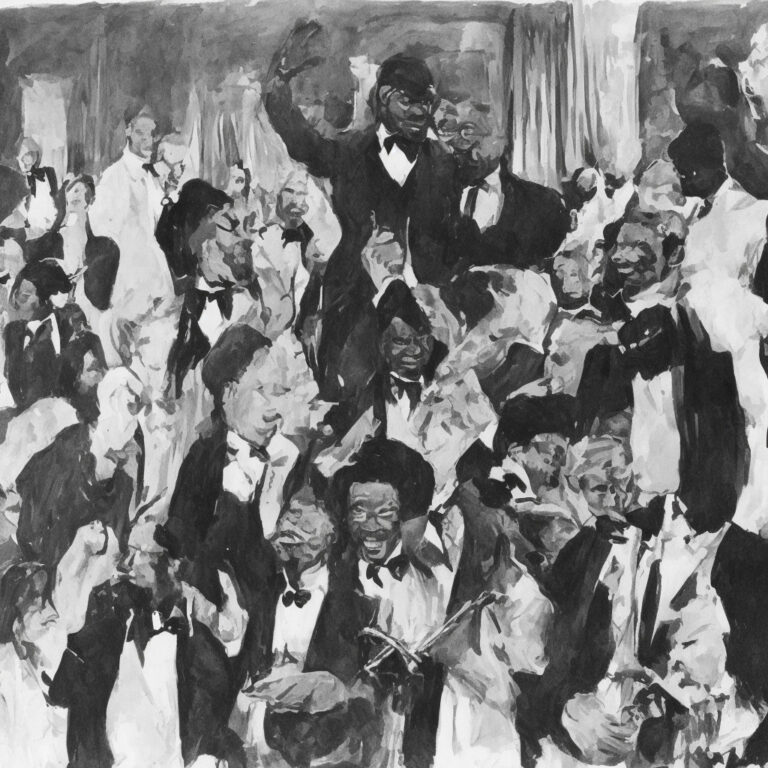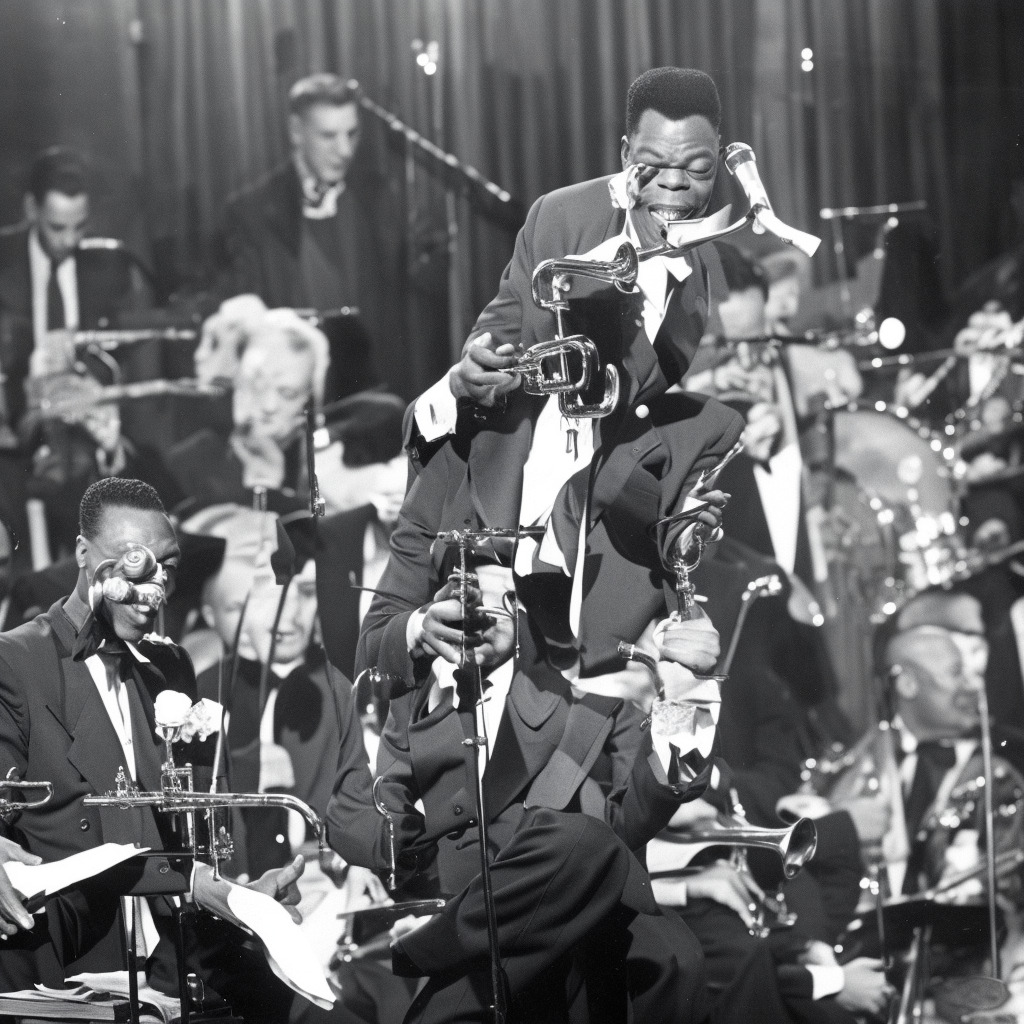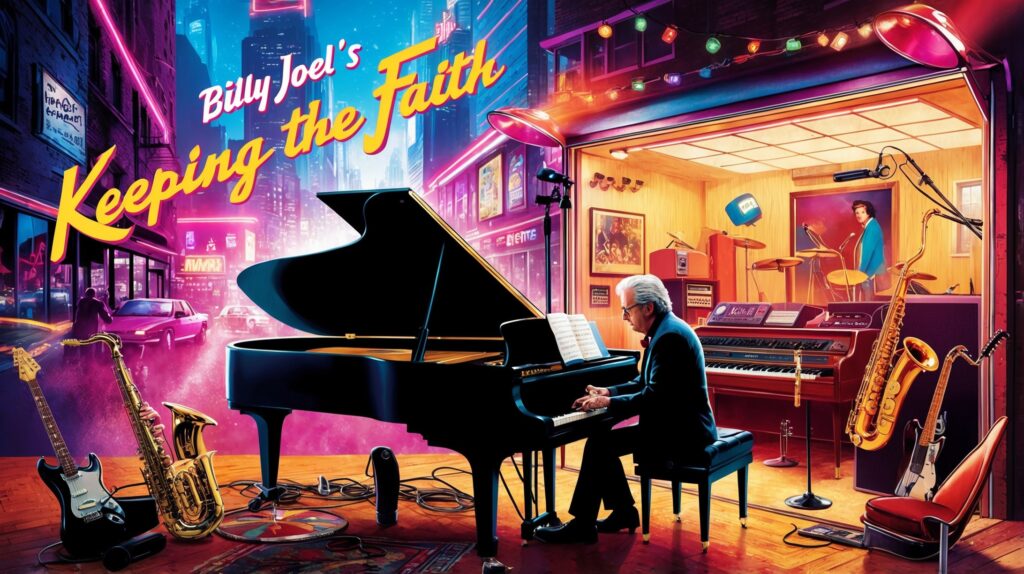? Did you know Nat King Cole’s iconic song “L-O-V-E” was recorded in just 3 languages – English, Spanish & Japanese?! A true multilingual masterpiece! ??? #LOVE #NatKingCole #MultilingualMagic #MusicTrivia Read about it: tinyurl.com/mutcxka3
The Timeless Charm of Nat King Cole and His Melodic Expressions
“Nat King Cole’s L-O-V-E: Timeless enchantment through melodic mastery, transcending genres and touching hearts.”

Nat King Cole, a legendary musician, and singer extraordinaire, once again captured the hearts of millions with his song L-O-V-E, originally released in 1965. This American jazz pianist and vocalist, who was born as Nathaniel Adams Coles in 1919, began his successful music career in the 1930s as part of the trio, King Cole Swingsters. His soothing voice and exceptional piano playing skills soon placed him in the limelight, where he remained prominent until his untimely death in 1965.
L-O-V-E is undeniably one of Cole’s most iconic and enduring songs. The simple yet profound lyrics, written by Milt Gabler, cleverly spell out the word “love” through each of its four verses. Bert Kaempfert’s upbeat and catchy melody is the perfect complement to Cole’s smooth vocal delivery, together creating an unforgettable tune. L-O-V-E has been covered by numerous artists over the years, making it a staple in the world of romantic ballads.
However, it’s essential to mention that Cole’s career was not without its criticisms. His early career focused on jazz and blues, and some hardcore jazz enthusiasts felt disenchanted when he transitioned more to pop music later in his career. This move towards pop was not only commercial but also aimed at breaking racial barriers in the then-segregated music industry. Despite these criticisms, Cole remained unfazed and continued to create music that resonated with people worldwide.
Nat King Cole’s extensive career and impact on the music industry are evident through his numerous accolades and awards. He was posthumously awarded a Grammy Lifetime Achievement Award in 1990, in addition to his three Grammy wins during his lifetime. Cole was also inducted into the Alabama Music Hall of Fame and the DownBeat Jazz Hall of Fame, emphasizing the importance of his contributions to both the jazz and pop genres.
In conclusion, Nat King Cole’s song L-O-V-E stands as a testament to his timeless charm and his unique ability to captivate audiences through music. Despite criticisms throughout his career, Cole’s accomplishments and impact on music history remain unchallenged. His melodic expressions continue to delight listeners today, ensuring his legacy as a legendary musician and a pioneer for future generations.
Charting the Success of a Timeless Classic
Charting the Timeless Journey: Nat King Cole’s “L-O-V-E” transcends borders and generations, from modest chart beginnings to iconic romantic anthem.

Released on October 17, 1964, “L-O-V-E” by Nat King Cole was the title track of the last album he recorded before his untimely death in 1965. Despite its now-iconic status as a classic romantic tune, the song did not initially achieve significant chart success. In fact, it only reached a peak chart position of #81 on the US Billboard Hot 100. However, it fared better on the Easy Listening chart, peaking at #17.
Perhaps more notably, “L-O-V-E” found its way onto the international music scene. In the United Kingdom, the song reached #27 on the UK Singles Chart, while in Australia, it climbed up to #22 on the Go-Set National Top 40 chart, showcasing its popularity beyond the United States.
Over the years, “L-O-V-E” has re-entered various music charts, mainly due to its use in TV shows, movies, and commercials, as well as multiple cover versions by popular artists. These cover versions have even achieved some chart success of their own. For example, Joss Stone’s 2007 rendition of the song reached the #18 spot on the UK Singles Chart and #75 on the German Singles Chart.
An interesting piece of chart trivia about “L-O-V-E” is that its B-side, “I Don’t Want to See Tomorrow,” also managed to chart on the US Billboard Hot 100, peaking at #61. This goes to show that even the lesser-known tracks from this album had a certain appeal to the listeners of the time.
In conclusion, while “L-O-V-E” may not have been an immediate chart-topping success upon its initial release, its enduring popularity and widespread appeal have ensured its place in music history. The song’s presence across various charts and its continued relevance in popular culture speak to the timeless quality of Nat King Cole’s music and the impact it has had on generations of listeners.
Dissecting the Lyrics That Spell Romance
O is for the only one I see
V is very, very extraordinary
E is even more than anyone that you adore can
Love is all that I can give to you
Love is more than just a game for two
Two in love can make it
Take my heart and please don’t break it
Love was made for me and you
The lyrics of “L-O-V-E” are a beautiful manifestation of the simple yet profound emotion of love. Written by Milt Gabler and composed by Bert Kaempfert, this song was recorded by the legendary Nat King Cole in 1964. The lyrics capture the essence of love in a lighthearted manner and emphasize the significance of the emotion by spelling it out letter by letter.
The time when “L-O-V-E” was written and released saw various changes and events that shaped the world, including the civil rights movement, the rise of youth culture, and the Beatles’ invasion of the United States. Amid these revolutionary changes, the lyrics of “L-O-V-E” provided a sense of familiarity and warmth. The song’s message, which suggests that love is an essential and unifying force, transcends time and remains relevant today.
In the song, Cole sings about how love can be expressed in small, everyday gestures like a glance or a smile. By associating each letter of the word ‘love’ with a specific meaning, the lyrics create an imaginative and engaging explanation of the emotion. The song highlights that love is more than just a game and is a powerful force that can make us stronger and happier.
The lyrics of “L-O-V-E” also embody the spirit of optimism that was prevalent in the music of the 1960s. The line “two in love can make it” is a testament to the belief that love can overcome obstacles and that it can be a driving force that brings people together.
In conclusion, the lyrics of “L-O-V-E” by Nat King Cole provide a fresh, romantic, and timeless perspective on love. The song’s lyrics celebrate the power and beauty of love in a way that can still resonate with listeners today.
A Visual Tribute to a Timeless Classic
“Timeless Treasure: ‘L-O-V-E’ transcends generations through fan-made tributes, Hollywood glitz, and covers echoing Nat King Cole’s eternal charm.”
Though there isn’t an official music video for Nat King Cole’s iconic 1965 song “L-O-V-E,” the timeless nature of this classic tune has inspired numerous fan-made videos and tributes over the years. One such tribute video that has gained popularity features a collage of photographs and clips of Nat King Cole, celebrating his life and career. This video showcases Cole’s undeniable charm and charisma, allowing the viewer to reminisce and appreciate his incredible contributions to the world of music.
Another noteworthy fan video is a compilation of dance sequences from classic Hollywood films, expertly edited to match the rhythm and energy of “L-O-V-E.” This video features legendary actors and actresses such as Fred Astaire, Ginger Rogers, Gene Kelly, and Audrey Hepburn, among others, dancing their hearts out to the upbeat melody. A testament to the song’s timelessness, it serves as a wonderful tribute to both the golden age of Hollywood and the lasting impact of Nat King Cole’s music.
Various artists and bands have also covered “L-O-V-E” and incorporated their own unique visual interpretations in their music videos. From contemporary pop stars to jazz musicians, these videos display creative and artistic approaches to a beloved classic, proving that the song continues to resonate with audiences of all ages.
In addition to fan videos and artist tributes, “L-O-V-E” has been featured in several film and television soundtracks, further cementing its status as a timeless classic. For example, the song played a prominent role in the 2006 romantic comedy “The Holiday,” starring Cameron Diaz, Kate Winslet, Jude Law, and Jack Black. In this film, the song is performed by a local band during a holiday party, adding an air of nostalgia and warmth to the scene.
In summary, while there may not be an official music video for Nat King Cole’s “L-O-V-E,” the song’s enduring popularity has given rise to numerous fan-made videos, tributes, and covers that showcase the song’s universal appeal and impact on popular culture. These visual interpretations, coupled with its presence in film and television, ensure that “L-O-V-E” will continue to hold a special place in the hearts of music lovers for generations to come.
The Mastermind Behind “L-O-V-E”: Bert Kaempfert
Delving a little deeper into the creative process behind “L-O-V-E,” we find the genius mind of German composer and producer Bert Kaempfert. Born in 1923, Kaempfert’s career spanned over four decades, and he was known for his distinctive sound, blending big band arrangements with innovative orchestration.
In addition to composing “L-O-V-E,” Kaempfert is also recognized for his work on many other memorable tunes throughout his career. Among his most notable compositions is the iconic “Strangers in the Night,” which was popularized by Frank Sinatra in 1966, becoming an instant classic. Another well-known song penned by this versatile composer is “Danke Schoen,” which was brought to life by Wayne Newton in 1963, achieving considerable success.
Bert Kaempfert’s extensive catalog of compositions and his unique touch on arrangements have left an indelible mark on the world of music, and his legacy continues to inspire musicians and listeners alike.
A Timeless Classic’s Journey Through Pop Culture
“L-O-V-E”: Nat King Cole’s timeless classic captivating hearts & serenading screens since 1965.

Since its release, “L-O-V-E” by Nat King Cole has captured the hearts of many, receiving various accolades and making appearances in different forms of media throughout the years. The song, written by Bert Kaempfert and Milt Gabler, served as the title track for Nat King Cole’s 1965 studio album. Its timeless charm helped it become a standout track, with a Grammy Hall of Fame award in 2000 being testament to its enduring impact on the music industry.
“L-O-V-E” has been a favorite not just among music lovers, but also among filmmakers and television producers. The song’s romantic melody and lyrics have made it a popular choice for both movies and TV shows. It has been featured in numerous films such as “The Parent Trap” (1998) and “Love Actually” (2003) as well as popular television series like “Sons of Anarchy” and “The Simpsons.” Furthermore, it has also made its way into the world of video games, appearing in one of the missions in the popular game “L.A. Noire.”
In addition to its numerous appearances in various media, “L-O-V-E” has inspired countless artists to create their own renditions of the classic. Over the years, several notable musicians have covered the song, adding their unique touch to the timeless tune. Among them are Michael Bublé, Joss Stone, and Olivia Ong. Bublé’s version, in particular, gained significant attention when it was included in his 2005 album “It’s Time,” earning him a nomination for the Best Traditional Pop Vocal Album at the 2006 Grammy Awards.
Cole’s original rendition of “L-O-V-E,” however, remains a treasured classic that continues to enchant listeners with its unforgettable melody and heartfelt lyrics. Its presence in various forms of media and the sheer number of cover versions it has inspired are testaments to the lasting impact of this beloved song on generations of music lovers.
Dissecting the Classic Tune
Upon examining the musical structure of “L-O-V-E,” it’s evident that the song’s timeless charm can be attributed to its elegant composition and Nat King Cole’s unique vocal stylings. The song is primarily written in the key of G major, with a tempo of approximately 131 BPM (beats per minute), giving it a lively, upbeat feel that complements its jubilant theme.
“L-O-V-E” follows a standard AABA form, with the A sections featuring the verses that spell out the word “love,” and the B section serving as a contrasting bridge. The chord progression is relatively simple, with a strong foundation of I-IV-V chords (G, C, and D major chords, respectively) that are characteristic of popular music from the era. This simplicity enables the listener to easily follow along with the melody and lyrics.
The song’s harmonic structure, on the other hand, provides an interesting contrast to its straightforward chord progression. Throughout the piece, there are subtle modulations and secondary dominants that add a touch of sophistication to the overall sound. For instance, in the A section, the chords move from G to G7, then to C and Cm, before resolving back to G. The use of the G7 and Cm chords introduces a slight tension that serves to enhance the listener’s anticipation for the eventual resolution.
During the B section, the song modulates to the key of E major, providing a refreshing change in tonality. The chords in this section follow a II-V-I progression (F#m, B7, and E major chords), which is a prevalent pattern in jazz and popular music. The B7 chord, which acts as a secondary dominant, creates a sense of resolution when it resolves to the E major chord, further emphasizing the song’s harmonic intricacies.
Nat King Cole’s iconic vocal performance plays an essential role in making “L-O-V-E” a beloved classic. His smooth, velvety voice effortlessly navigates the tune’s melodic contours and rhythmic nuances, adding a layer of emotional depth to the lyrics. Additionally, the arrangement features a tasteful, swinging piano accompaniment and a lively rhythm section, which contribute to the song’s buoyant and infectious spirit.
In conclusion, the timeless appeal of “L-O-V-E” can be attributed to its elegant composition, catchy melody, and Nat King Cole’s unforgettable vocal performance. Its simple yet sophisticated harmonic structure, lively tempo, and engaging arrangement make it a true classic that continues to captivate listeners to this day.







